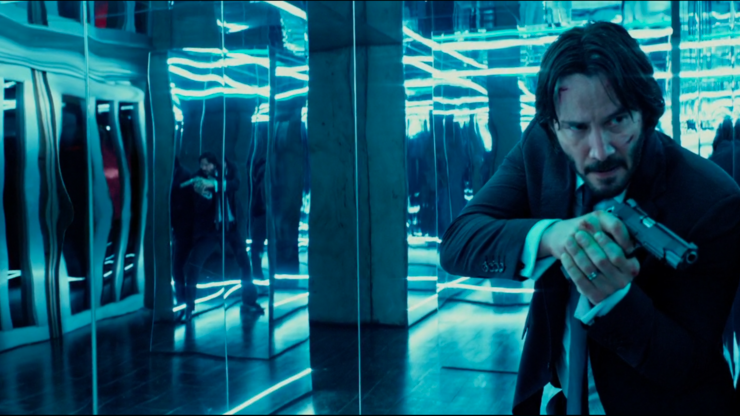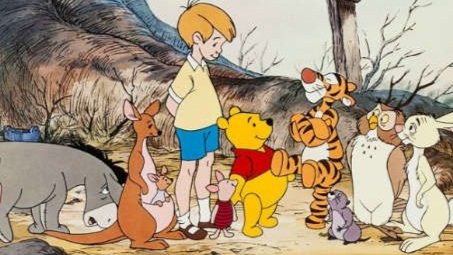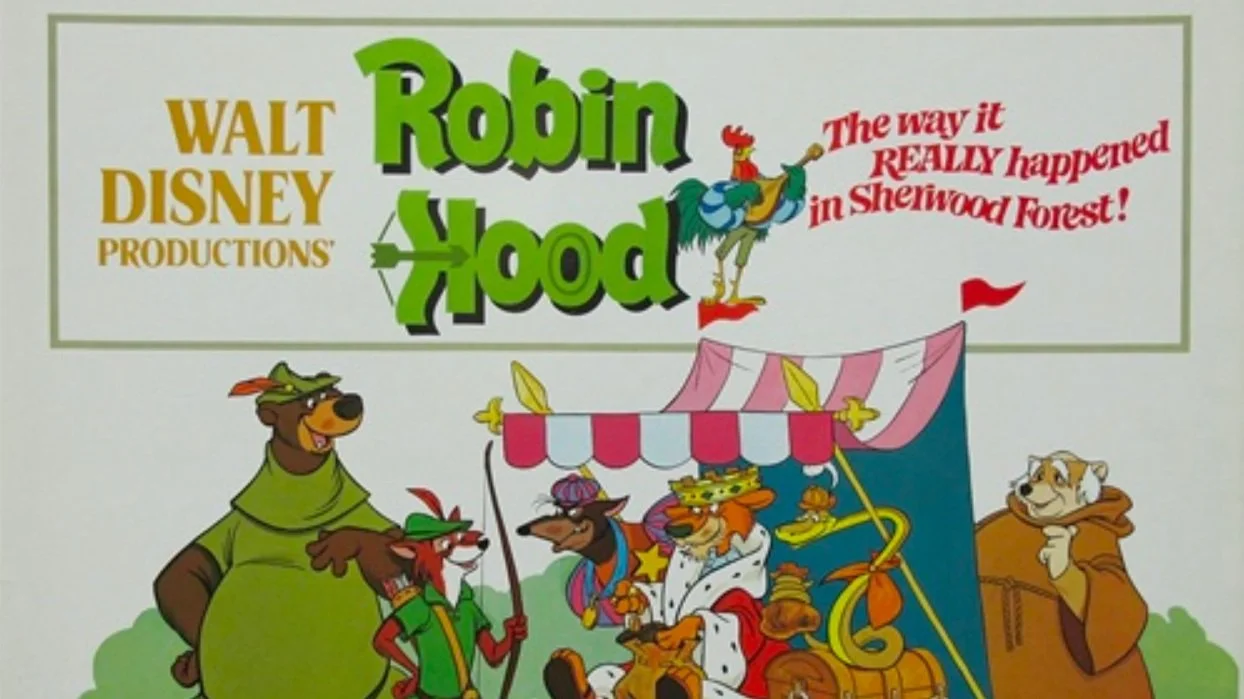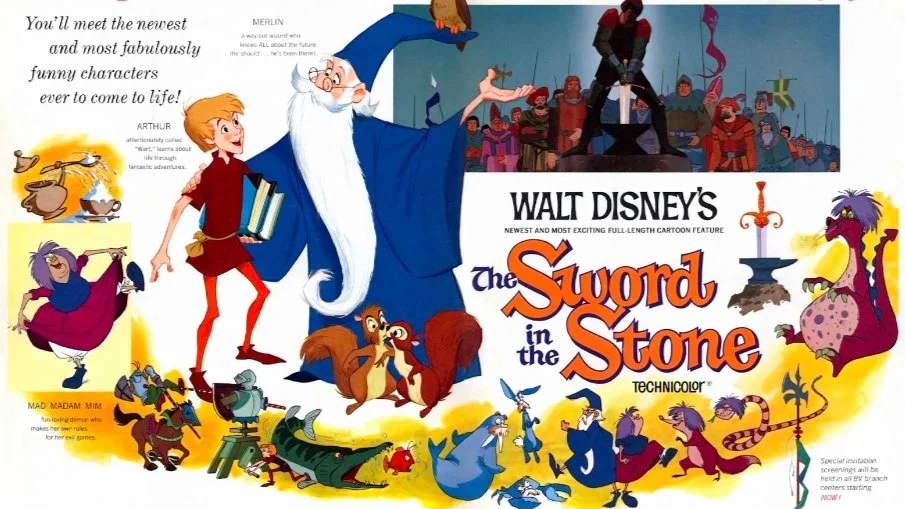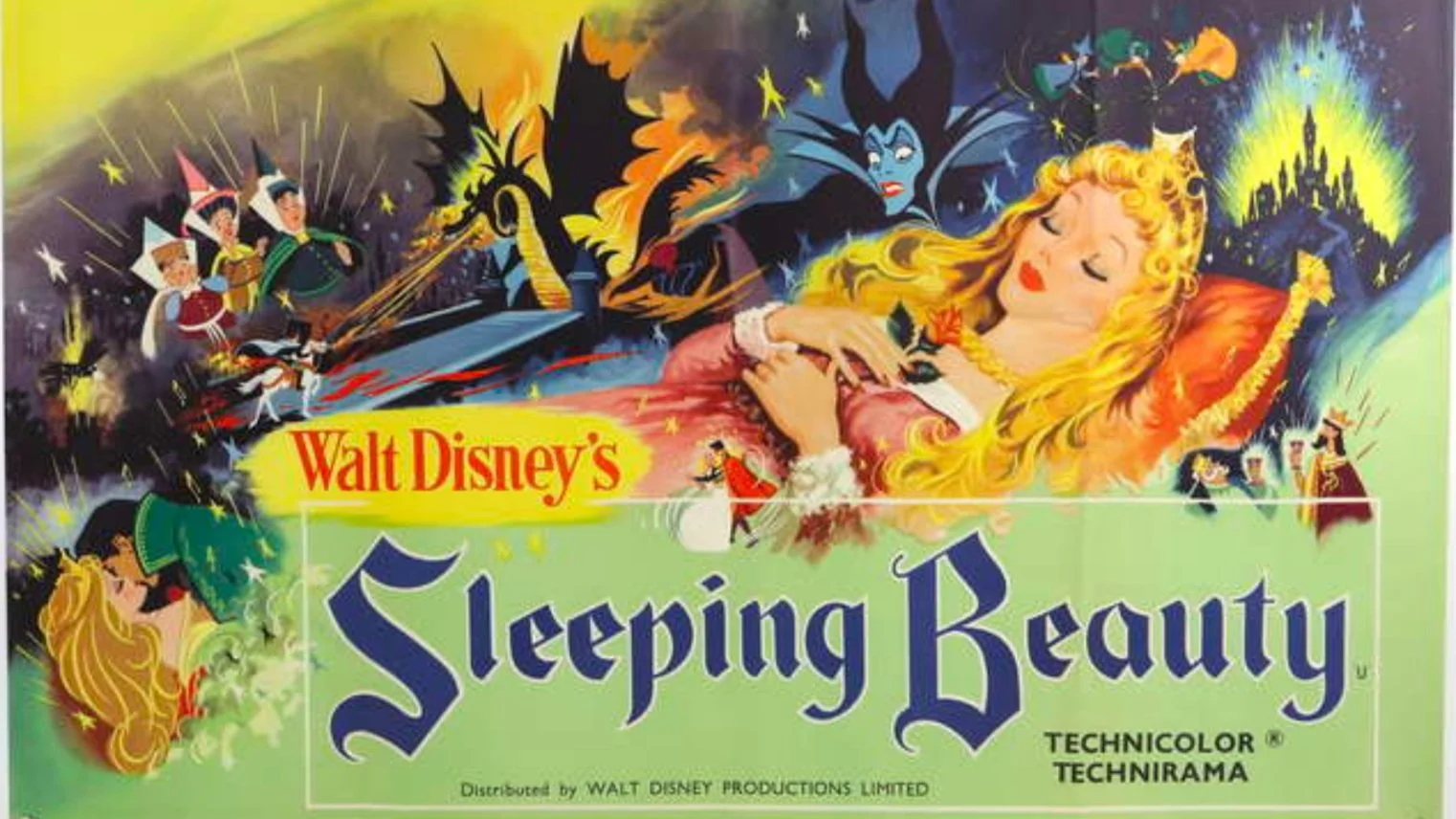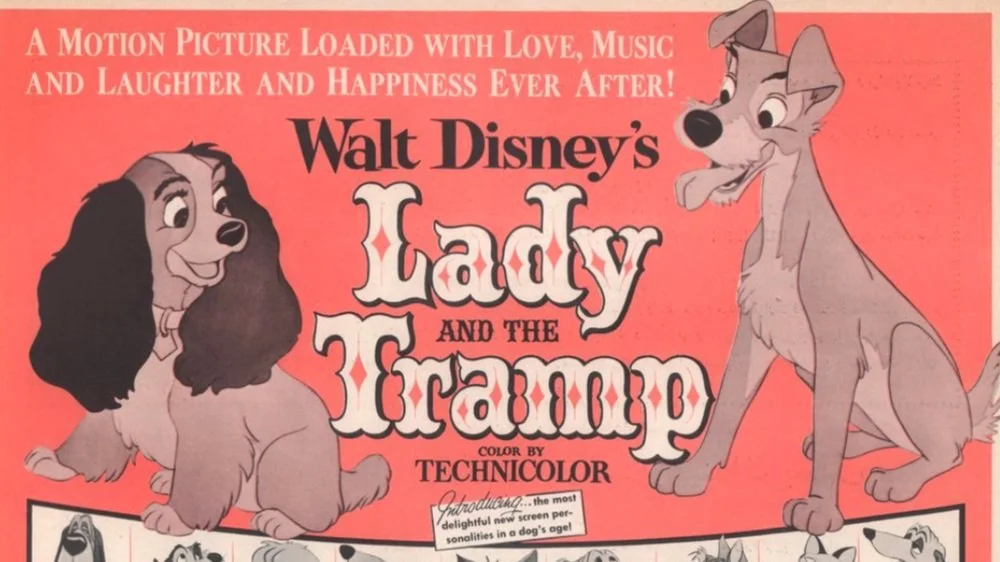I Was Wrong: John Wick Chapter 2 (2017)
John Wick was a surprise no one really saw coming, especially after Keanu Reeves’ slum of work populated by dastardly affairs such as 47 Ronin and The Day the Earth Stood Still. I remember, distinctly and like a waking-dream, walking into a weekday pre-screening of the 2014 crime-action-film with low expectations, hoping to be pleasantly diverted and entertained. I stumbled out practically jawless, having dropped it in the theater row I was sitting in. Simultaneously fabricating an entire superhero-gangster underworld and a new gun-fu hero, John Wick succeeded in unexpected and thrilling ways. Such as staging a shootout in a neon-red and blue nightclub to the pulsating beat of electronica, anchoring the drama in glimpses of emotional stakes and building upon them throughout the narrative, and morphing Reeves’ dire charisma into a star-power magnetism/tragedy machine. It only helped that the film’s dramatic crux was the ultimate audience ploy – killing a cute dog. After that, revenge is uncomplicated and sweet, no moral grey to speak of.
The comic-book nature of the universe allowed for the simplicity. Few questions on the success of vengeance came to mind as Reeves went around one-shotting mobs of henchmen with a pistol, painting the world around him into brain-splatter abstraction. It was dance brimming with influences both Western and Eastern – an international amalgamation of the action genre and its dexterity. John Wick, despite being a ‘premise’ movie, played many notes in its brisk 101-minute runtime, and it left you wanting more of his new dog and his hard-earned freedom from the seedy depths of crime.
Of course, that *isn’t* what John Wick Chapter 2 provided, mainly because the lack of exploding heads and sly one-liners would’ve surely caused the Keanu/Doggo movie to tank. Instead, the sequel is what we expected, but with one key difference. As you’ve probably guessed, the action is back, as is Keanu, and the syndicate underworld (expanded to Bond-ian proportions), and the cute dog, and the style and flair. It’s all there and then some. And yet, the film questions all of it. Chapter 2 is aware of the cyclical existentialism in violence and revenge, and it capitalizes on the revelation, finding humor (the moment where Common and Keanu Reeves roll down a comically-long set of stairs) and inevitability (the death of Gianna D’Antonio) in the never-ending mess of things.
This is a far cry from the pop poetry of the original film, which displayed meaningless violence yet justified it all the same, mixing vengeance with a concrete center of feeling. Chapter 2 suggests that the excuses for violence are just that, and the cycle is impossible to escape in John Wick’s world because no one knows how to respond rationally. In the first film, there was no time to consider it. John Wick hung up the phone on Viggo right as he offered to discuss the death of his dog in a civilized manner. The emotion reigns supreme, with Chapter 2 basking in the aftermath of not finding peace in a place of death and destruction. John Wick is tired in the sequel. He looks like he knows he’s in a sequel and just wants to go home. Reeves’ performance is perfect, because Chapter 2 confronts the demons that the first installment tossed around like candy. Leading up to a climax in a mirror-art-installation based around the ‘Reflection of the soul’, John Wick’s desperation – to clear his name and ride off into the sunset on his own terms – can only be found within himself, and how the only way to survive is to commit the very acts that keep him stuck in a death-loop, enemies spawning like waves in a video game.
And this is where I admit I was wrong.
Well, not exactly.
I found Chapter 2 to be a fine film on first-viewing, although I struggled with its existence. Upon rumination and re-watches, that’s precisely the point – John Wick Chapter 2 peers into the looking glass of action sequels, and the reasoning for violent entertainment. What do they say? Why do they entertain us? Why is this satisfying to me? No scene conveys it better than when Common’s assassin and John Wick silently snipe at each other with pistols in a crowded subway station, the crowd around them none the wiser. It’s funny, and horrifying, because it’s true – violence goes by unnoticed. School shootings are on the rise in America. It’s as if one happens every day in this country (CNN reports 23 shootings for 2018 so far – a horrifying statistic), and many release their sorrows to the virtual world and go about their day. John Wick Chapter 2 confronts the truth by creating a fantasy – one which becomes dystopian by the end: an implication that everyone is caught in the crossfire, after another score to keep their share intact, and their bodies breathing.


